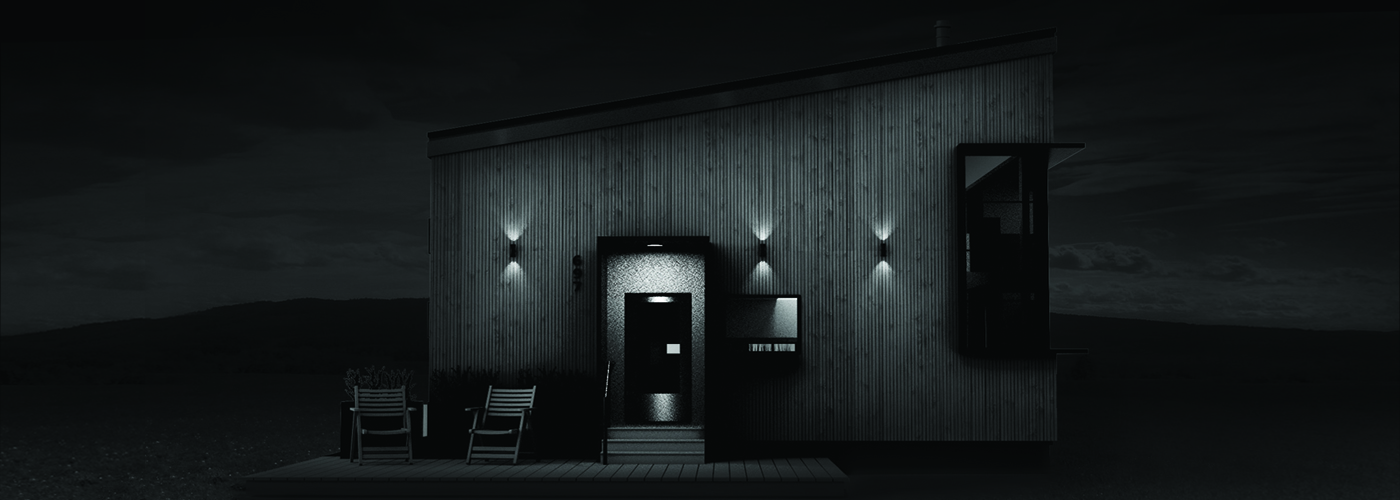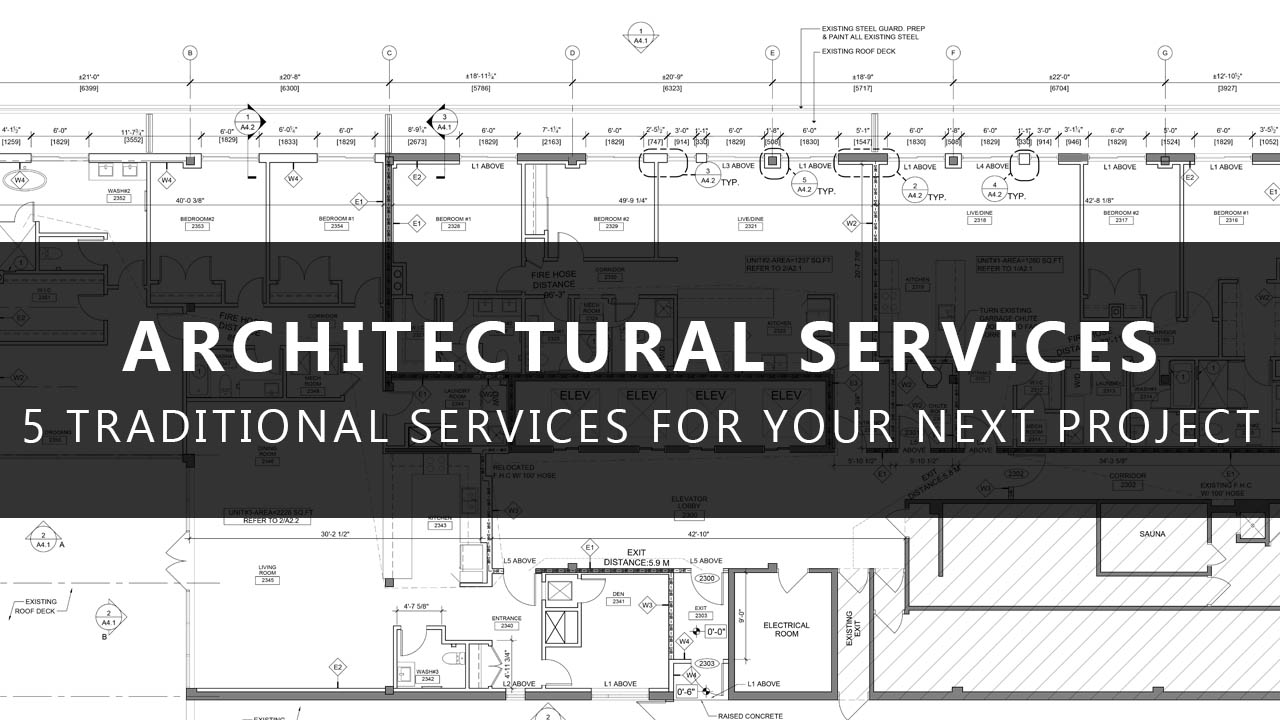Traditional architectural services offered by a licensed architect or practice will typically cover 5 over-arching phases of the design and construction process, listed below. The architectural fee associated with these services is often broken down to match. The percentages given with each phase below show a common breakdown of the overall architectural cost, based on the typical amount of work required during each phase.
Schematic Design (12% – 18%)
In this phase, you’re working with your architect to get an understanding of what you’re looking to create, and to get it down on paper in some way. Together, you can start to juggle things like the number of bedrooms, square footage, cost, the site, zoning bylaws, etc. You’ll eventually arrive at a loose but solid understanding of the building you’ll be creating. At this point, you’re almost creating a simple diagram of the home that will eventually lead to a fully resolved design. The building has moved from a vague conceptual idea into something you should be able to quickly sketch on a napkin. It may not be very detailed yet, but now you’re able to understand the general layout, size, orientation, etc.
Design Development (12% – 18%)
Now that you and your architect have a basic understanding of the building, you can start to get a little more detailed. A structural system of some sort will be introduced if it hasn’t already, this will give a sense of order to your plans, which may start to shift around slightly. Mechanical and plumbing systems will be introduced and coordinated, forcing small changes of their own. Details related to building code and bylaws will be ironed out. This phase is all about solving problems now (on paper), rather than later during construction when changes are more difficult and expensive.
Construction Documents (35% – 45%)
The construction documents are what you may refer to as the ‘blueprints’ of the house. This set of highly detailed drawings and specifications illustrate exactly how to build the building, from start to finish. In a perfect world, these construction drawings should allow a contractor to construct the entire building without ever speaking to the architect. This phase signifies that the design work is essentially completed and any further changes will be challenging to implement.
A subset of the construction drawings are the permit drawings. These are less detailed than the construction drawings, but give the building department a thorough understanding of the proposed house so they can issue approval.
Bidding & Negotiation (3% – 7%)
With the construction drawings in hand, you and your architect are able to engage with potential contractors and show them exactly what you’re asking them to build. This allows all the contractors to thoroughly understand the project and more accurately price the materials, labour, and time required to do the job. The more detailed the construction drawings, the more detailed your cost-estimates from the contractors should be. An architect will help you vet and interview contractors, review their proposals, and make recommendations based on their professional experience.
Contract Administration & Construction (25% – 35%)
At this point you’ve chosen a contractor and your new building is under construction. During this phase, your architect will inspect the progress and quality of construction at a variety of key milestones. This helps to catch any errors on site, and also keeps your payments to the contractor in line with the percentage of work that they’ve completed. This way, you’re not paying for work that isn’t done yet. An architect will also help manage any changes that are made to the design, and help resolve any disputes between you and the builder to ensure you’re getting the house you wanted and paid for.
Bear in the mind, the traditional services listed above are rather generic, and there are multiple levels of service available within each phase of the project to suit your particular needs.
![]()


